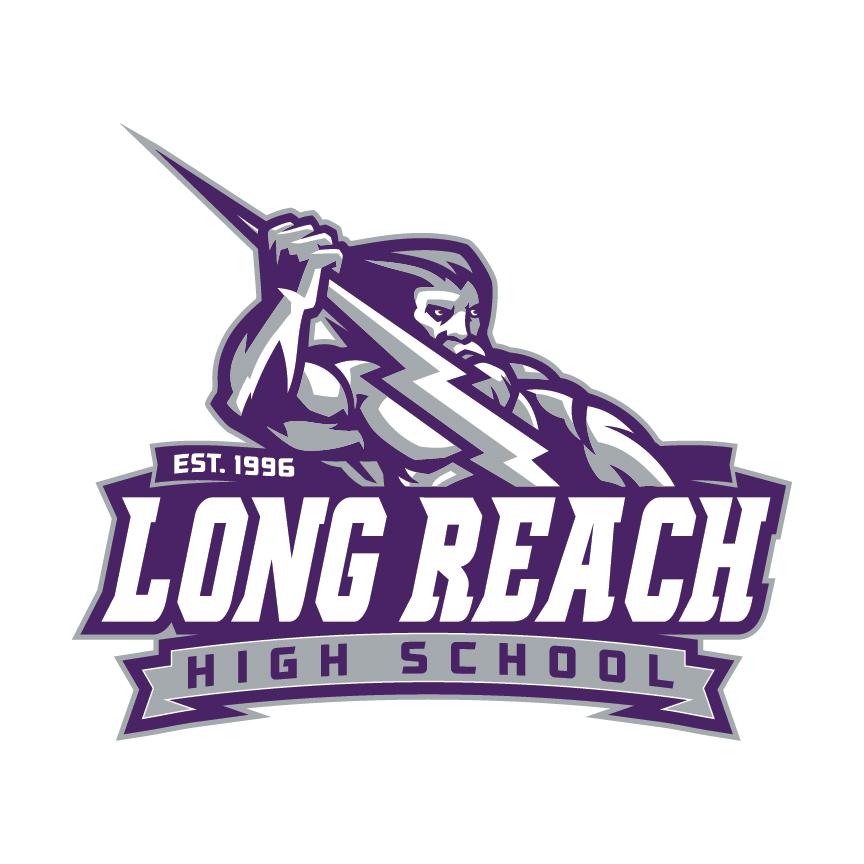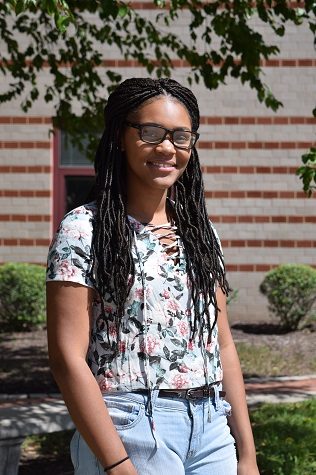The 4-1-1 On College Applications
How to make applying for college easier
Applying to college seems like a task that should be simple enough – find a school, fill out an application on the Common Application website, and hit send. What students may not know is how much more goes into the application process.
The first challenge while applying is deciding where to apply. As a rule of thumb, students should have (at least) five schools that they should apply to: 1-2 reach schools, 2-3 target schools, and 1-2 safety schools. There are many different avenues for students to take in order to find potential schools.
During the summer before sophomore year, students should begin to study for the SAT/ACT. Preparing early makes it so that they may take the test during their junior year, and have the scores back in time to apply to schools’ Early Action.
Before students take the SAT/ACT, as an underclassmen, they have the possibility to take the PSAT. On the PSAT is a questionnaire that asks about the types of colleges the student is interested in, in terms of location, religion, size, etc. Based on the scores that a student receives on the PSAT (and later, the SAT) schools that fit the criteria that the student has indicated will reach out with additional information and, in some cases, scholarship and fee waivers. Schools will also send these benefits if the students’ SAT scores meet their requirements. In addition to their 5 schools, students should apply to any school willing to waive the application fee.
Some schools have the option to apply to their institution on the Common Application. Nearly every school will require an essay, and CommonApp makes it very easy on the student: choose one of the provided essay prompts, write it, upload it to the website, and CommonApp will submit it to the schools on the students’ ‘My Colleges’ list once they turn in their application. This way, the students only have to write one essay, instead of a separate essay for every school. It is important to note that not all schools will have their application on the CommonApp, but they will still require an essay.
In order to compress the amount of time and effort spent on the application process, students should select the essay prompt: “Share an essay on any topic of your choice. It can be one you’ve already written, one that responds to a different prompt, or one of your own design.”
Since this option allows students to write about any topic of their choosing, they should choose an essay prompt from one of their schools that does not use the Common Application. For example, a student could use Towson University’s application question, “If you had the opportunity to have a 30-minute conversation with any person in human history (either living or deceased), who would you choose? In 500 words or less, tell us why you chose this person and provide details about your conversation.” Students can then submit that same essay on the CommonApp.
Finally, once a student’s schools are chosen, and the essays are written, it is important to take into consideration the FAFSA, of the Free Application for Federal Aid. The application for the FAFSA is lengthy and can take hours to complete. At Long Reach, students can sign up to have meetings with a Financial Aid advisor, at no cost. Sign up early, as spots fill up quickly.

